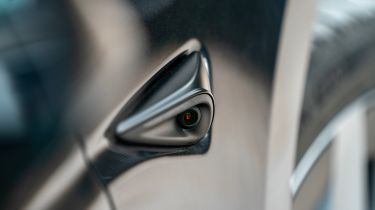Tesla Model 3: reliability & safety rating
The Model 3 is one of the safest EVs you can buy, but Tesla’s reliability record leaves a lot to be desired
| Euro NCAP | Adult protection | Child protection | Safety assist |
|---|---|---|---|
| 5 stars (2019) | 96% | 86% | 94% |
Electric cars should, in theory, be more reliable than your run-of-the-mill petrol and diesel car. We say ‘in theory’ because Teslas don’t have the most trouble-free record – and the same seems to be true for the Model 3. Still, at least it does come with a four-year warranty and a stunning array of safety kit for peace of mind.
Tesla Model 3 reliability & problems
Some American owners have reported worrying issues with the car accelerating independently when cruise control is active, but otherwise there are no other significant recurring issues with the Model 3.
There’s a lot to like about the Model 3 according to those who own them; it was rated the second-best car to own in our 2024 Driver Power customer satisfaction survey. Owners praised the Tesla’s suite of safety systems, low running costs and flashy infotainment system. Its simplistic design didn’t win many favours, though, and neither did the overall build quality.
As a brand, Tesla came second in Driver Power's list of the 32 best car manufacturers, which is a hugely impressive showing for a young brand competing with the likes of Ford and Mercedes.
Safety
The Tesla Model 3 boasts the maximum five-star safety rating from Euro NCAP. The company leads the industry for semi-autonomous driving systems, so it's no surprise that its score of 94% in the Safety Assist category was an all-time record at the time. It's since been surpassed by Tesla's own Model Y SUV which scored 98% in the same category.
All Model 3s come with lane-keeping assistance, parking aids, traffic-sign recognition and a full suite of airbags, but the semi-autonomous mode that will see the car change lanes for you and even leave a slip road off a motorway (and more) is a £6,800 option.
It’s important to pay attention to the term “semi-autonomous”, as this means that the driver must still be actively paying attention and in control. Sadly, there’s no spare wheel – not even a space-saver.




